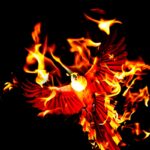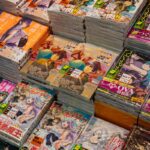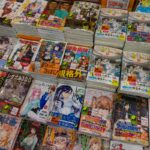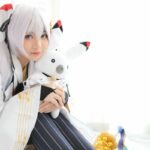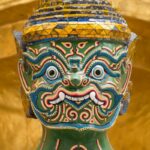Mysterious creatures known as the yokai populate the myths and legends of Japan. A connection to the spiritual world, the yokai can be malevolent demons, pranksters, or signs of good fortune.
The legends of yokai spread throughout Japan and across the generations through stories and warnings. Today, the yokai are still popular figures in tales (see also ‘Is The Phoenix Considered A Yokai?‘).
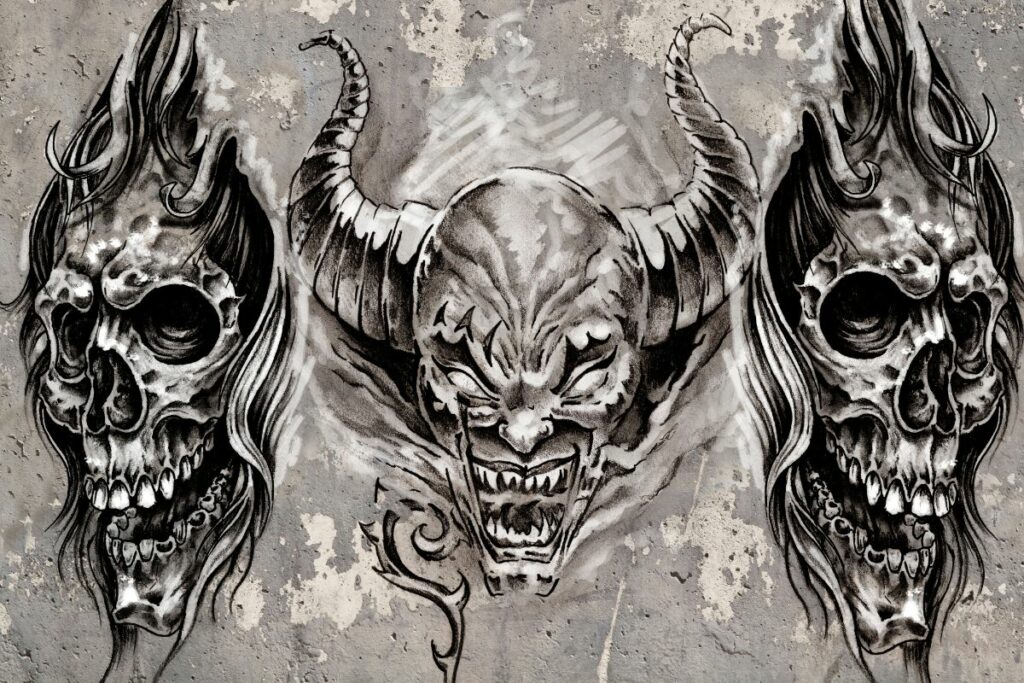
You might recognize the yokai from anime and manga, where these spirits play the role of the villain and the helper.
Discover the most popular and famous yokai with this guide to the demons and spirits of Japanese myth.
What Are Yokai?
Supernatural and mysterious, yokai are legends of Japanese folklore. A connection to the spiritual world, the yokai can be human shaped, beastly animals, and even possessed objects.
Yokai might seem unusual to Western audiences, but they feature heavily in classical and even modern Japanese fiction. In recent years, the legends of yokai have spread from Japan across the world.
15 Demons And Spirits From Japanese Myths
Kitsune
Perhaps the best known Japanese yokai, Kitsune are fox spirits with a reputation for mischief. Japanese legend has it that all foxes possess the ability to transform into humans, and they often use this power for trickery.
A distinctive feature of the Kitsune is their numerous fluffy tails — they can have up to nine! A Kitsune with nine tails is old, wise, and powerful.
One famous yokai fox spirit is Tamamo no Mae. Sometimes appearing as a beautiful woman, Tamamo no Mae was the favored courtesan of Emperor Toba. She brought illness on the Emperor, before being revealed as a Kitsune.
Kappa
Shaped like a human with green skin and webbed hands and feet, Kappa are yokai that resemble a cross between a human and a turtle. On their back, the Kappa carry a turtle-like carapace. They live in the water, but occasionally venture onto land.
Kappa can be largely benevolent, but they’re also known for luring people into the water. Although cucumber is the favored food of the Kappa, some will drown and eat unsuspecting humans.
Despite their small size, the Kappa is said to possess immense strength, and a talent for wrestling.
Tengu
The Tengu is among the most famous of the Japanese yokai, with an appearance that’s mutated throughout the centuries.
Often, the Tengu appears as a cross between monkey, human, and bird of prey. Tengu frequently have red faces, long noses, and feathered wings.
Early depictions of the Tengu show them as enemies of Buddhism (see also ‘Do The Japanese Practice Buddhism? – Japanese Religions Explained‘). They would lead monks astray, and the sight of the Tengu was a harbinger of war.
However, the Tengu image has softened over the years. Now they’re seen as troublesome protectors of the forest.
Kirin
Elusive and powerful, the Kirin originated in Chinese myths, where it was known as the Qilin. In Japanese legend, the Kirin is deer-like and often depicted covered in flames.
Modern imagery of the Kirin can be similar to the Western unicorn.
While many yokai are evil, or at least mischievous, the Kirin is a symbol of purity. The Kirin is gentle and highly revered. It avoids harm as much as possible. Images of the Kirin decorate shrines and temples in Japan.
Amabie
Legend has it that the Amabie has only appeared once, during the Edo period. It was first spotted as a glowing object out to sea. Curious, an official from the nearby town went to investigate.
They found a three-legged creature with a bird-like beak, scaled body, and long hair. The Amabie prophesized six years of good harvest, and claimed its image could ward off disease.
In recent years, the Amabie gained immense popularity. When the coronavirus pandemic hit Japan, images of the Amabie were shared to warn against the illness.
Oni
At first glance, the hulking modern depiction of the Oni resembles that of the ogre. Often associated with evil, the Oni is typically shown with horns, fangs, red or blue skin, and carrying a kanabo club.
With a reputation for murder and cannibalism, Oni are frequently villains in Japanese fairy tales. You can drive the Oni out of the home by throwing roasted soybeans, and shouting at them to leave.
Zashiki Warashi
A symbol of good fortune, the Zashiki Warashi resembles a small child. They’re said to live in storage rooms, and perform pranks in the home. However, if you spot a Zashiki Warashi, it is a sign of good things to come.
When things go missing around the home, this could be the Zashiki Warashi causing trouble. But take care to keep them around! If a Zashiki Warashi moves on, good fortunes turn bad.
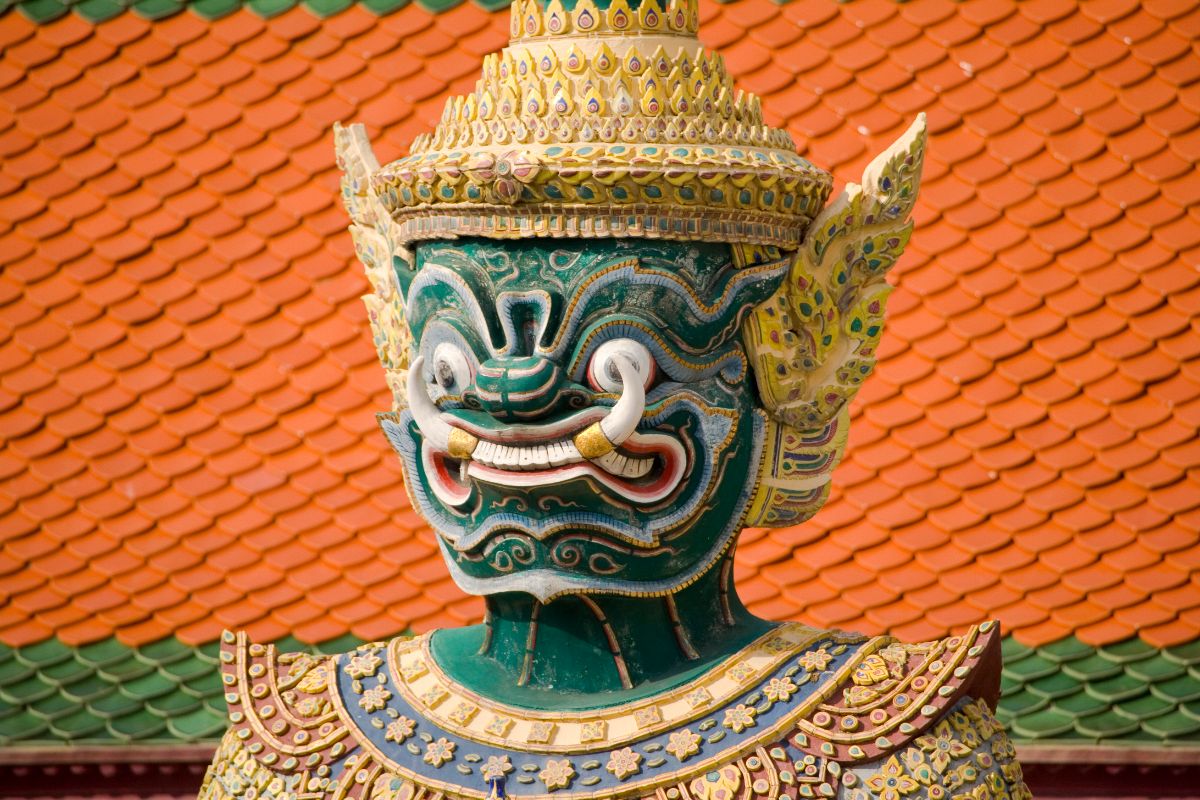
Tsuchigumo
Tsuchigumo are large, monstrous spiders. These yokai spiders are big enough to take on an entire army. In the 14th-century scroll Tsuchigumo Soshi, Japanese general Minamoto no Yorimitsu hunts down a giant Tsuchigumo.
He decapitates the spider, and after a tough battle, slices it open.
The term Tsuchigumo has also been used to describe renegade clans who didn’t follow the emperor of Japan. There’s some debate as to which the term applied to first: warring clans, or giant spiders.
Ningyo
The term Ningyo literally translates to human fish, and this yokai does somewhat resemble a mermaid. These Japanese mermaids were said to be delicious, and eating a Ningyo would impart long life.
However, if a fisherman caught a Ningyo, they were likely to throw it back. Killing a Ningyo was considered to bring bad luck.
If a Ningyo washed up on the beach, this was traditionally seen as a bad omen. A dead Ningyo might signal a future bloody battle.
Yamata no Orochi
A monstrous serpent with eight heads and eight tails, the Yamata no Orochi is a yokai with a reputation for eating human flesh.
The first records of the Yamata no Orochi date from stories told in 712 AD and 720 AD. They tell the tale of the slaying of Yamata no Orochi by the storm god Susanoo.
Susanoo tricked Yamata no Orochi into drinking powerful sake. When the beast collapsed, Susanoo sliced it into pieces.
Shuten Doji
Shuten Doji is among the most famous of the Oni demons. In Japanese folklore, Shuten Doji lived in a lair above Kyoto, and terrorized the town, kidnapping local women.
According to the legend, warrior Minamato Raiko was sent to defeat Shuten Doji. He tricked the Oni into drinking divine sake, before beheading the incapacitated demon.
But even in death, Shuten Doji was dangerous. His severed head attacked Raiko, and the warrior only survived thanks to his stacked helmets.
Yamauba
The Yamauba is a mountain yokai that disguises itself as an elderly lady. Pretending to be kind, the Yamauba offers lodging to tired hikers in the Japanese mountains.
When the unsuspecting traveler is asleep, the Yamauba reveals their true nature. They transform into ugly hags and witches, and attempt to devour the sleeping visitor.
Tales of the Yamauba spread through Japan by hikers and travelers, who claimed to have escaped the clutches of the witch.
Yuki Onna
Compared to many yokai, the Yuki Onna looks relatively normal. In fact, these yokai have an astounding beauty, and snow white skin. But they’re as cold as ice.
Just one touch from the Yuki Onna leaves you with a deadly chill. These evil creatures can suck your life force.
The Yuki Onna are said to appear during snowstorms. Their pale skin allows them to disappear into the landscape.
They are often seen alongside children, and ancient legends regarding the Yuki Onna are filled with sorrow.
Tsukumogami
While many yokai resemble monstrous beasts and humanoid creatures, the Tsukumogami are different. These yokai are household objects that have lived long enough to acquire a spirit.
Japanese folklore tells that once an object has lived 100 years, it becomes alive.
Tsukumogami can be benevolent or evil, good omens or bad omens. Examples of Tsukumogami include the boroboroton (a futon with a spirit), the ittan-momen (a possessed roll of cotton), and the ungaikyo (a possessed mirror).
Although they might seem unassuming, these yokai are highly dangerous.
Rokurokubi
You might think the Rokurokubi are normal people when you first see them. At a glance, these yokai seem perfectly human. But look closer, and you’ll notice the Rokurokubi have unusual goings on at the neck.
There are two types of Rokurokubi. The first type have elongated necks, with heads that stretch away from the body. The second type of Rokurokubi can detach their head altogether.
Floating free from the neck, the head is able to move around all by itself.
Summary
The stories of the yokai are wide and diverse. Some yokai, such as the Kitsune and the Tengu, are known across the world, and have featured in movies and TV shows.
Other yokai stem from localized stories, and the details change from province to province. With a history stretching all the way back to Ancient Japan, many yokai have changed and mutated with oral traditions.
But the legends live on, and the yokai remain hugely popular stories.
- How Much Money Can You Make Teaching English in Japan? - December 12, 2022
- The Best Places to Teach English in Japan - December 9, 2022
- The Best Credentials for Teaching English in Japan - December 8, 2022

